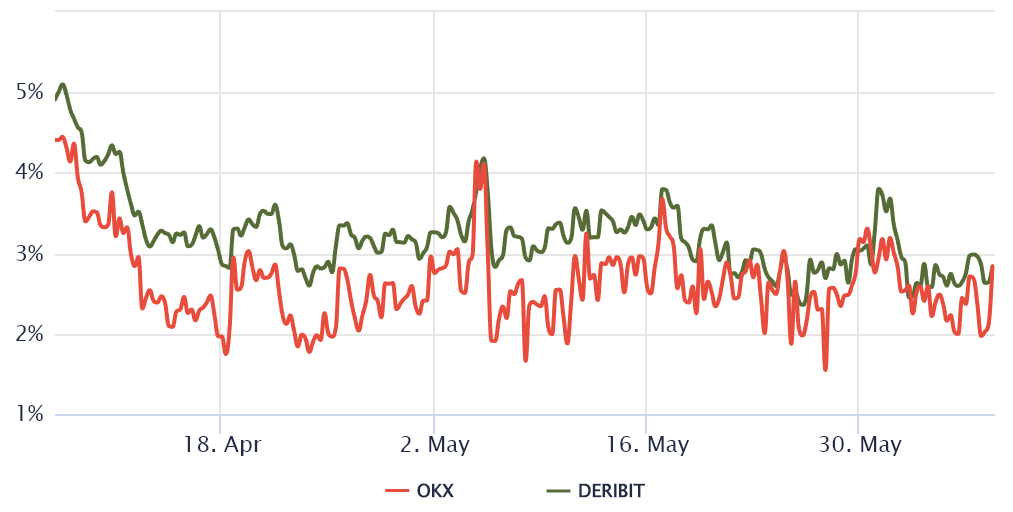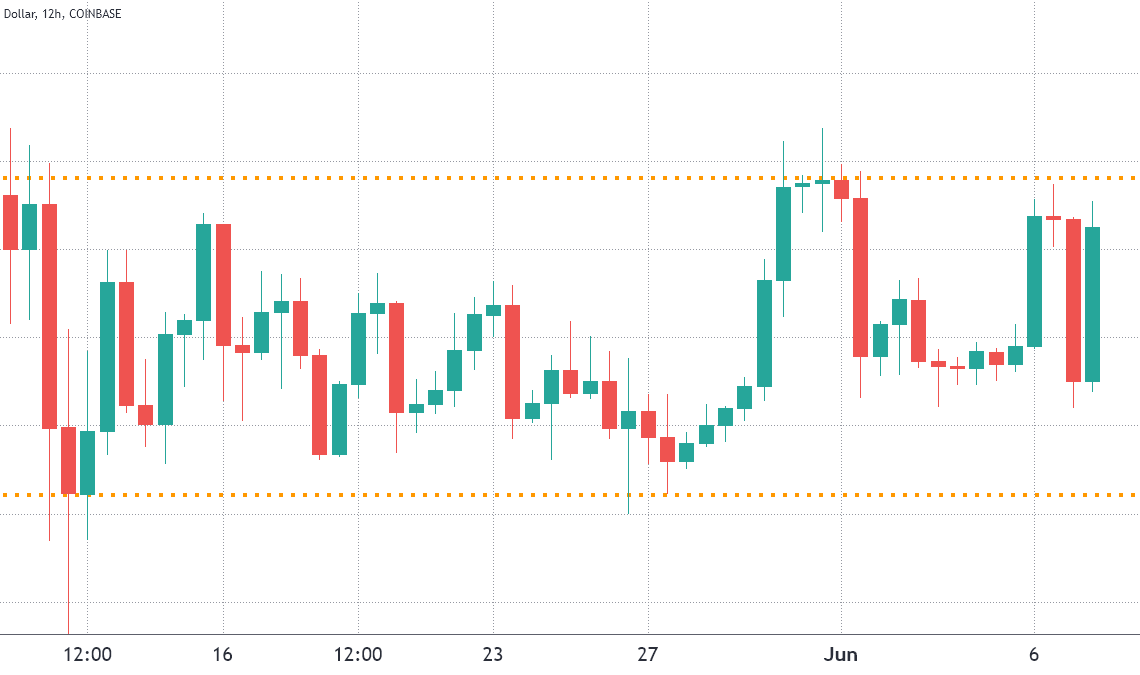Since May 10, the Bitcoin (BTC) chart shows a relatively tight range of price movement and the cryptocurrency has failed to break the $32,000 resistance on multiple occasions.
The choppy trading partially reflects the uncertainty of the stock market as the S&P 500 Index ranged from 3,900 to 4,180 in the same period. On one side, there has been economic growth in the Eurozone where the gross domestic product grew 5.1% year over year. On the other, inflation continues to soar, reaching 9% in the United Kingdom.
Further adding to Bitcoin’s volatility was the digital assets regulatory framework proposal introduced to the U.S. Senate on June 7. The 69-page bipartisan bill is supported by Senator Cynthia Lummis of Wyoming and Senator Kirsten Gillibrand of New York and it addresses the CFTC’s authority over applicable digital asset spot markets.
On June 3, South Korea’s Financial Supervisory Service (FSS) began an inquiry with 157 payment gateway services that work with digital assets. Previously, on May 24, South Korean officials opened an investigation against Do Kwon, the primary figure in the Terra incident.
The U.S. Securities and Exchange Commission (SEC) also broke out an investigation against Binance Holdings on June 6. Binance is the world’s largest crypto exchange in volume terms and the SEC is evaluating whether the BNB token initial coin offering violated securities rules.
On June 6, IRA Financial Trust, a platform providing self-directed digital asset retirement and pension accounts, filed a lawsuit against Gemini cryptocurrency exchange and claimed that a Feb. 8 breach led to a $36 million loss in crypto assets from customer accounts under Gemini’s custody.
Let’s look at Bitcoin’s futures data to understand how professional traders are positioned, including whales and market makers.
Derivatives metrics reflect investors’ bearish expectations
Traders should analyze Bitcoin futures market data to understand how professional traders are positioned. The quarterly contracts are experienced traders’ preferred instrument to avoid the perpetual futures’ fluctuating funding rate.
The basis indicator measures the difference between longer-term futures contracts and the current spot market levels. The Bitcoin futures annualized premium should run between 5% to 10% to compensate traders for “locking in” the money for two to three months until the contract expiry.

Click Here to Read the Full Original Article at Cointelegraph.com News…
























